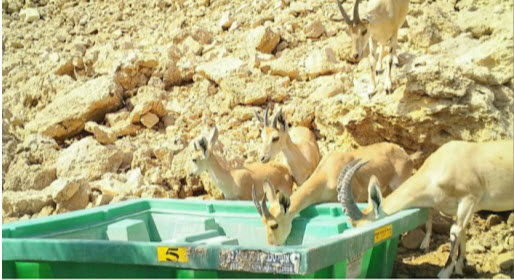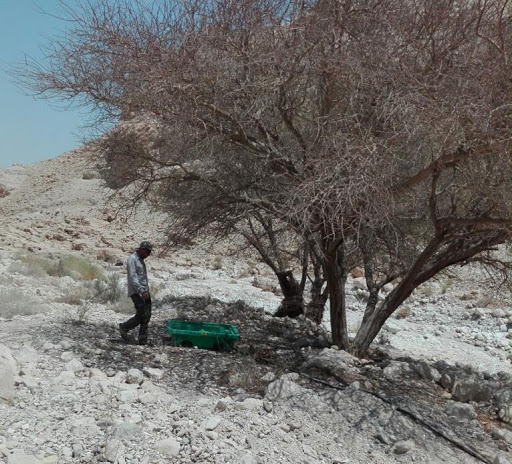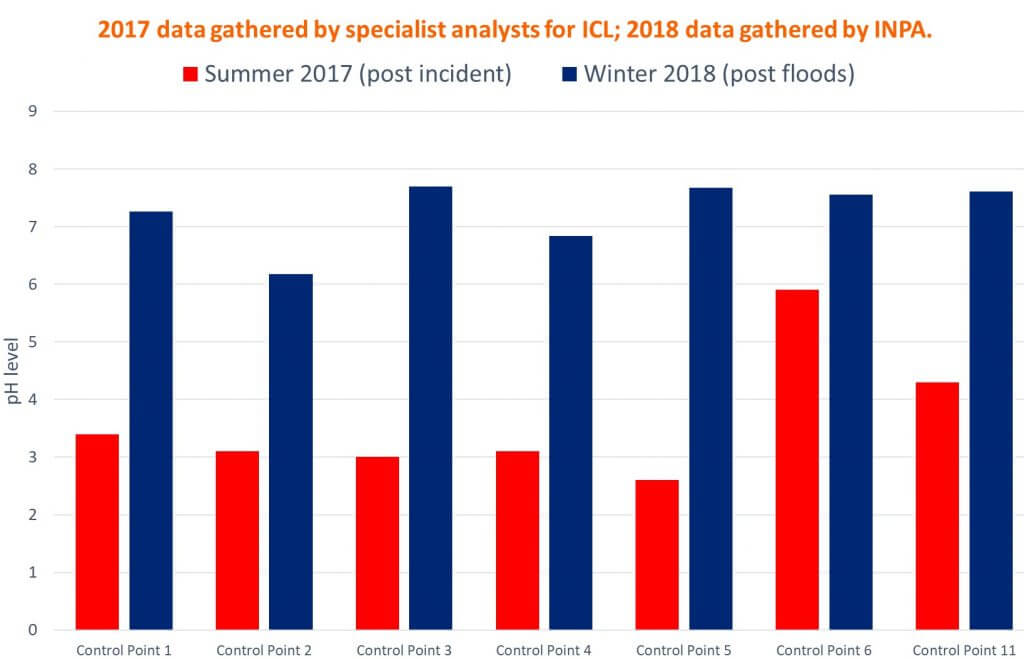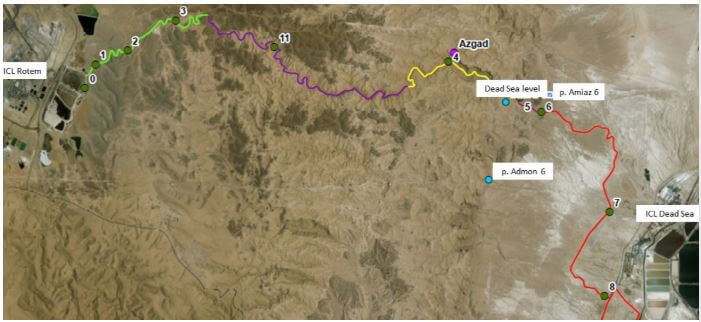Next Topic
Select SDGs to find out how we are taking action in support of the UN Substinable Development Goals
2021 ISRAEL CHEMICALS LTD. | ALL RIGHTS RESERVED

The Company took immediate action to stop the flow out of the breached pond, in full coordination with the Ministry and the INPA. ICL worked closely with the various authorities in the region, primarily under the direct instructions and supervision of the INPA. Coordination and continued follow up of restoration activities are being conducted by ‘HaMaarag’ (Israel’s National Ecosystem Assessment program).

The initial focus was on providing immediate relief to reduce the environmental impact on wildlife and vegetation along the path of the flow. Activities included a massive operation to pump out water holes along the dry river bed where liquid collected. The liquid was then transported back to ICL Rotem for treatment.
In parallel, ICL is cooperating with the ongoing investigation.
Rehabilitation efforts at the Ashalim riverbed- Helicopters used to position the needed pumping equipment within the creek canyon
Rehabilitation Efforts Continue– the pumping process within the creek
Concurrently, arrangements were made to irrigate impacted trees and transport potable water, as well as to create alternative drinking spots for the wildlife population in the region. In addition, various monitoring schemes were established by the INPA to monitor soil, water and vegetation.
During 2020, ICL has collected the water pipes that were brought to the creek for irrigation of the trees. Now that the creek is recovering there is no longer a need for these water pipes.
Installing Drip Irrigation Systems for the Acacia Trees


Mitigation efforts were also taken at the lower reaches of Ashalim Creek near the Dead Sea where the flow collected in the Ashalim reservoir, as well as in an abandoned ICL quarry that has since been developed into a small saltwater wetland. ICL conducted a range of detainment, diversion, monitoring and neutralization operations in these lower reaches of the Ashalim Creek. While some damage to the wetland was observed in the immediate months following the incident, a year later most of the vegetation has recovered.



Following the incident, the INPA closed the nature reserve to the public. However, during the 2017-2018 rainy season, there were two major rain events that caused the Ashalim Creek (Nahal Ashalim) to flow vigorously. Measurements taken following that rainy season by the INPA have indicated a significant improvement to environmental parameters of the creek. The Ami-Az trail above the canyon has also been opened to the public in 2018. During the 2018-2019 rainy season the Creek flowed vigorously with rainfall on another three occasions. Findings of the monitoring program (operated by the Maarag and the INPA) indicated that pH levels in the water holes have returned to normal levels (see below). Furthermore, the Acacia trees along the Creek were found to be uninfluenced, and improvement in chemical and biological parameters has continued. Nonetheless, indications of the incident’s impact remained present along the Creek.
In 2019, per the requirement of the Ministry of Environmental Protection, ICL conducted a risk assessment process along the Creek. The assessment was meant to assure that the Creek’s hiking trails can be reopened and do not pose risks to the returning hikers’ health, pending approval of reopening by the necessary authorities. The process was conducted by leading experts from Israel and abroad, utilizing advanced methodologies.
The risk assessment was completed in late 2019 and the results were presented to the authorities. The Creek was found to be safe for re-opening to the public, and was re-opened in June 2020.
The Creek was found to be safe for re-opening to the public, and was re-opened to the general public in June 2020.
As part of the re-opening, ICL has committed to the continued monitoring of environmental parameters of the creek’s waterholes, and is currently (July 2020) formulating the monitoring plan with the relevant authorities.
For more information on the restoration of the Ashalim Creek click here for the INPA website (Hebrew only).


For more information please see Note 18 C (1e) in ICL 2020 Annual Report.

